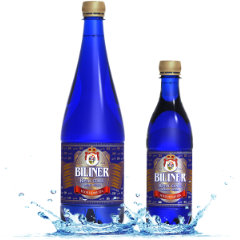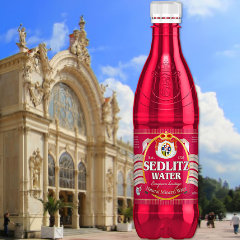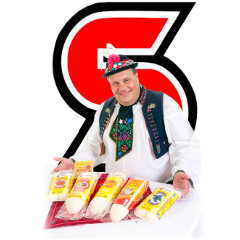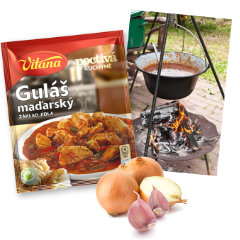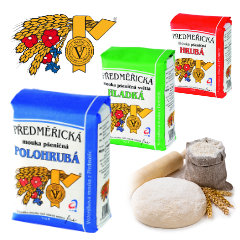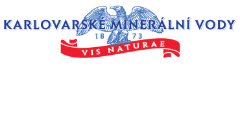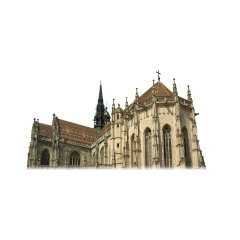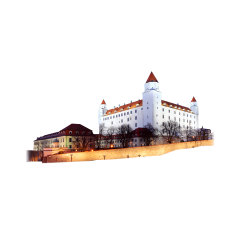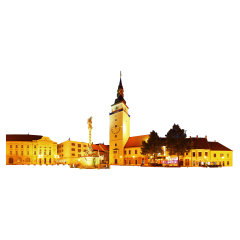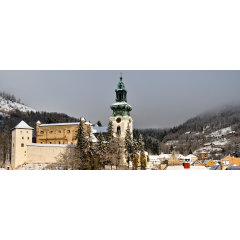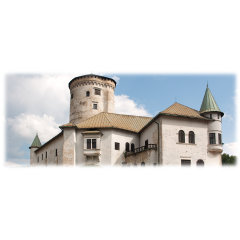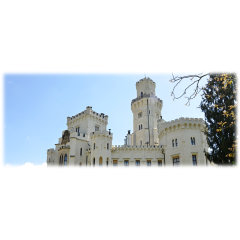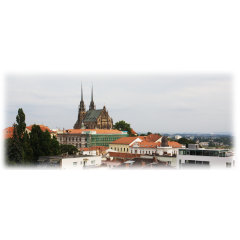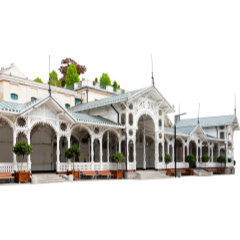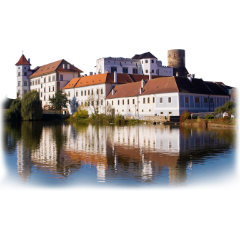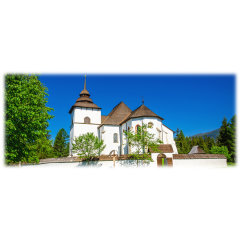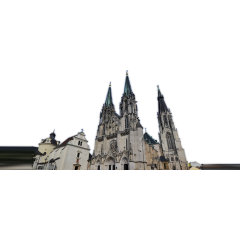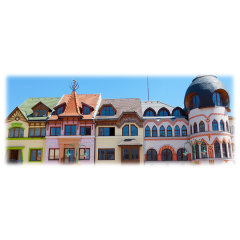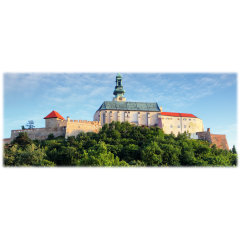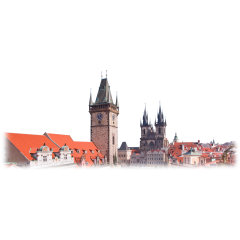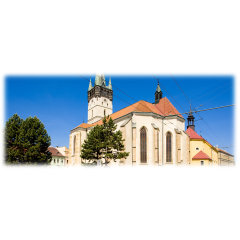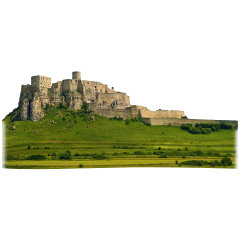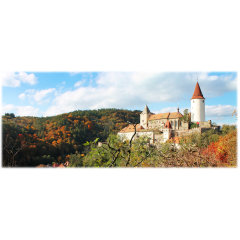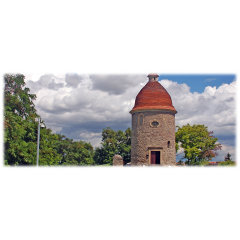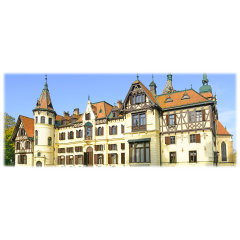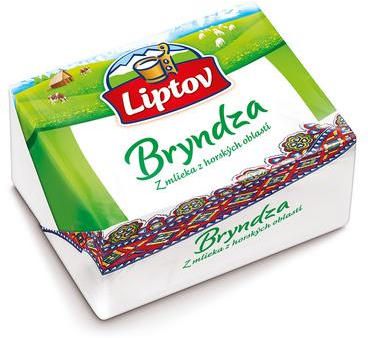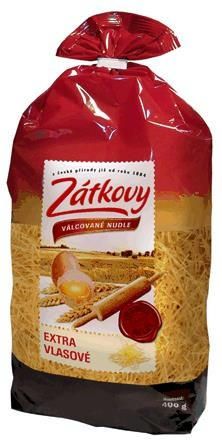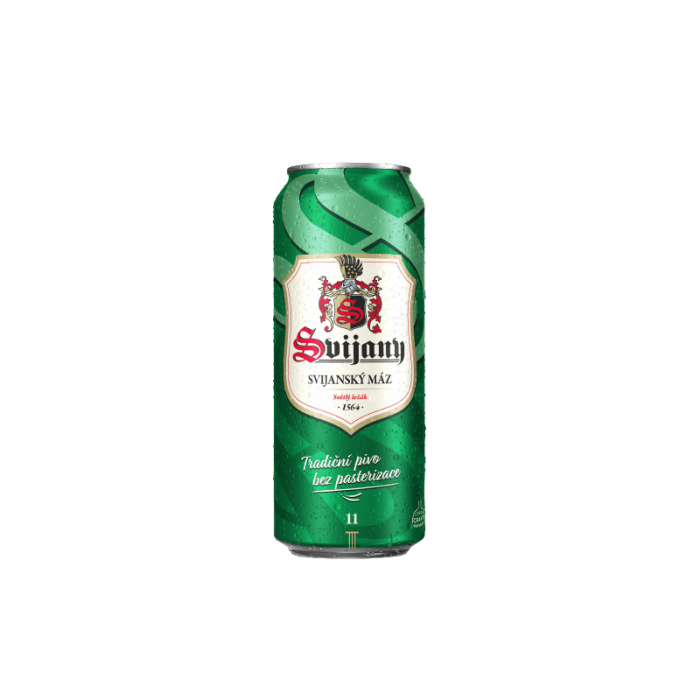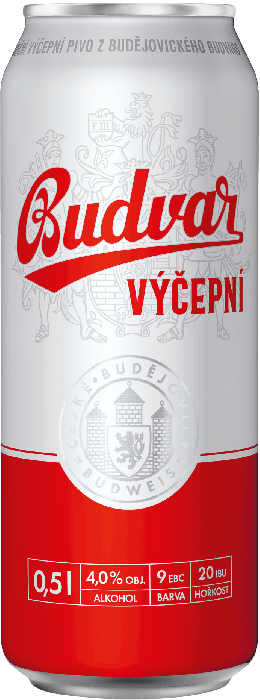Jihocesky region
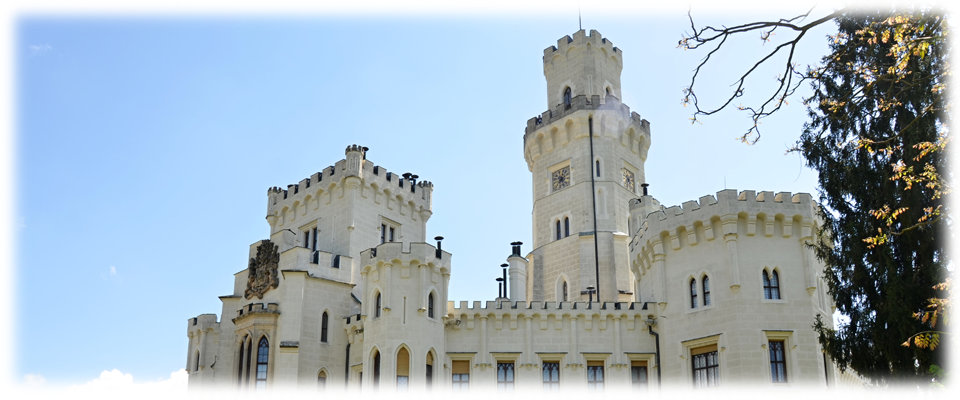
About Region
South Bohemia is an administrative unit of the Czech Republic, located mostly in the southern part of its historical land of Bohemia, with a small part in southwestern Moravia. The western part of the South Bohemian Region is former Prachens (czech Prácheňsko), a huge archaic region with distinctive features with its capital, Písek.Thanks to its geographical location and natural conditions the region belongs to the areas where the first settlements began to appear in the distant past. In the past centuries, the South Bohemia was famous for fishpond cultivation and forestry. The region has been industrialized since the beginning of the twentieth century. Nowadays, it is an attractive destination due to its natural and culturally historical richness. The travel industry has been recently the fastest growing industry in the region. The South Bohemian Region is further divided into seven districts: České Budějovice District, Český Krumlov District, Jindřichův Hradec District, Písek District, Prachatice District, Strakonice District and Tábor District.
History
The geographic and topographic location of South Bohemia, lying on the border of present-day Germany and Austria, has been an influential factor from the beginning of its history. The oldest evidence of human existence in this territory comes from 250,000 years BC, but settlement of the region itself began about 4 thousand years ago. The first to arrive to the area were the Celts, then the Germanic tribes, then finally the Slavs in the 6th century AD, who settled here permanently. This was the period during which a network of fortified settlements was established throughout South Bohemia. The area's favourable location made it the natural center of a number of trade routes passing through here from the north to the south, transporting precious goods like bronze items, precious fabrics, oils, spices, and salt. The most renowned of these routes is the Gold Route that led from Passau in German Bavaria.The first such major event was in the 12th century, when the territory of South Bohemia was ruled by the Vítkovec family. The Vítkovci became a strong rival to the ruling Přemyslid family in Prague. This rivalry played itself out in various conflicts over the royal throne and resulted in the establishment of a number of South Bohemian townships such as the royal towns of Písek and České Budějovice, and the feudal towns of Český Krumlov and Třeboň. It also resulted in an array of Medieval castles, smaller townships, and villages. It's for this reason that many of the settlements in the area emerged around the 13th and 14th centuries – this was the period of the strengthening of many noble families, such as the Rožmberks, whose power could be felt in nearly every part of South Bohemia.The 15th century in Central Europe was marked to a large degree by the activities of the Hussites. They chose the center of Bohemia for their stronghold, forming the city of Tábor, now associated with the names of John Huss (Jan Hus), John Žižka of Trocnov, and Petr Chelčický. On one hand, the Medieval struggle for reform within the Catholic church brought about severe interruptions to the existing economic and social relationships, not to mention the destruction of many a monastery and cultural manor, but the conflict also set the stage for future reforms and the later cultural boom in Central Europe.
City to know about
České Budějovice is the largest city in the South Bohemian Region as well as its political and commercial capital, the seat of the University of South Bohemia, and the Academy of Sciences. It is located in the center of a valley of the Vltava River, at the confluence with the Malše. The city was founded by the King Ottokar II of Bohemia, and was granted its municipal charter in 1265. The location and projection of the city was carried by the king's knight Hirzo. The royal city was created as a platform of the king's power in South Bohemia and to counterbalance the powerful noble House of Rosenberg, which finally became extinct in 1611.
Český Krumlov (Bohemian Crumlaw) is a small city in the South Bohemian Region. Old Český Krumlov is a UNESCO World Heritage Site and was given this status along with the historic Prague castle district.Český Krumlov Castle is unusually large for a town of Krumlov's size; within the Czech Republic it is second in extent only to the Hradčany castle complex of Prague. Inside its grounds are a large rococo garden, an extensive bridge over a deep gap in the rock upon which the castle is built, and the castle itself, which in turn consists of many defined parts dating from different periods of time.
The Hluboká Castle is situated in Hluboká nad Vltavou and considered one of the most beautiful castles of the Czech Republic.
Holašovice is an exceptionally complete and well-preserved example of a traditional central European village. It has a large number of outstanding 18th- and 19th-century vernacular buildings in a style known as 'South Bohemian folk Baroque', and preserves a ground plan dating from the Middle Ages.
Nature
South Bohemia consists of the South Bohemian Basin, České Budějovice Basin and Třeboň Basin. The Bohemian Forest ( czech Šumava) is a low range of mountains situated in the south-west. Other highlands that can be found in the region are the Brdy Highlands (in the very northern part of the region), the Central-Bohemian Highlands (czech Středočeská vrchovina, in the northern part of the region), the Bohemian-Moravian Highlands (Českomoravská vrchovina, eastern part of the region) and the Novohradské Mountains (in the south of the region). The highest elevation in the region is the 1,378-metre (4,521 ft) high Plechý in the Bohemian Forest, the lowest elevation with 350 metres above sea level is at the Orlík Dam.
The region is located in the drainage basin of Vltava river. Other significant rivers are Malše, Lužnice, Otava, Nežárka and Lomnice. South Bohemia is famous for its countless ponds. In the past, more than seven thousand ponds were established across the region. With its 489 ha Rožmberk is the largest one, followed by Bezdrev (450 ha) and Horusice pond (415 ha). In the 20th century, a series of dams was constructed on Vltava river. Lipno Dam is the largest dam in the Czech Republic and has area of 4,870ha. Other dams in the region are Orlík Dam, Římov Dam and Hněvkovice Dam.
A big part of the Šumava National Park is situated in South Bohemia. The Bohemian Forest is a popular holiday destination because it is excellent hiking country. Most interesting natural and cultural sights are connected with more than 500 km of summer marked trails and many bike trails.



